Rani International Trading is an international seafood production with factories, offices and partnerships throughout the world. We have packaging, distribution and sales centers in Bangladesh, Thailand and Canada but we owe our tradition to our origins in the Sundarbon, which are home to our fishing fleet, farms and up to date processing plants. Our tradition is essential because it affects every feature of our service to the consumer. We use the most up to date technologies to capitalize on product quality and shelf life, but we are also committed to maintaining an early tradition that places vast emphasis on sustainability. It’s a successful fusion of the old and the new; an attitude that is accountable, responsible and proven to yield seafood of truly outstanding quality. We can supply Live and frozen seafood including: Clam, Snail, Prawns, Tiger Prawns, King Prawns, Hard Crab, Soft Crab, Lobsters, Ell Fish and many more, Fresh or Frozen. We are the only one exporter of Bangladesh can export several different species of Sea Snail.
Power House of Protein
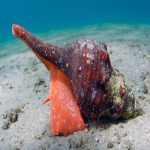
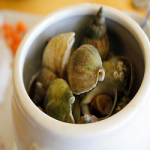

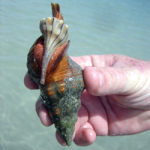

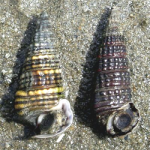
SEA SNAIL
Scientific Name: Cerithidea obtusa
Cerithidea obtusa is a species of sea snail, a marine gastropod mollusk in the family Potamididae. The Obtuse Horn Shell also known as “Mud Creeper” is a relatively common snail found in muddy coastal areas. It grows to around 5–6 cm. It is used as food in Southeast Asia where it is known by the name “Siput Sedut”, “Belitung” or “Ốc Len” in Vietnamese.
CRAB
Scientific Name: Liocarcinus vernalis
Crabs are prepared and eaten as a dish in several different ways all over the world. Some species are eaten whole, including the shell, such as soft-shell crab; with other species, just the claws or legs are eaten. The latter is particularly common for larger crabs, such as the snow crab. Mostly in East Asian cultures, the roe of the female crab is also eaten, which usually appears orange or yellow in fertile crabs.

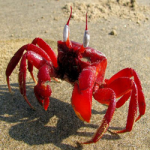
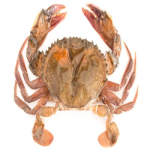
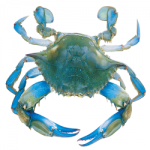
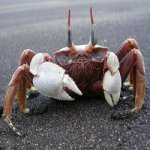
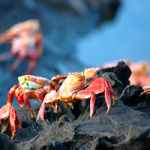
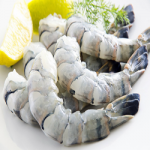
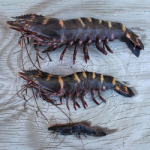
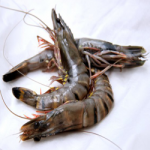
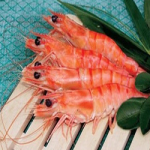
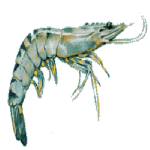
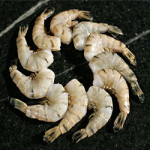
SHRIMP
Scientific Name: Penaeus monodon
Most shrimp are sold frozen and marketed based on their categorization of presentation, grading, color, and uniformity. Shrimp have high levels of omega-3 fatty acids and low levels of mercury. Shrimp is high in calcium, iodine and protein but low in food energy. A shrimp-based meal is also a significant source of cholesterol, from 122 mg to 251 mg per 100 g of shrimp, depending on the method of preparation. Shrimp consumption is considered healthy for the circulatory system because the lack of significant levels of saturated fat in shrimp means that the high cholesterol content in shrimp actually improves the ratio of LDL to HDL cholesterol and lowers triglycerides.
EEL FISH
Scientific Name: Anguilla rostrata
Eels are popular across the world and are consumed and prepared in many different ways, in different countries. Freshwater eels and marine eels are commonly used in Japanese cuisine; foods such as unadon and unajuu are popular but expensive. Eels are also very popular in Chinese cuisine and are prepared in many different ways. It is very rich in Vitamins A, B1, B2, B12, D and E, which are necessary for the body’s general wellbeing. The fish decreases cholesterol, lowers blood pressure and reduces the risk of developing arthritis.
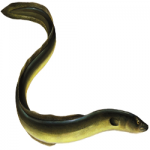
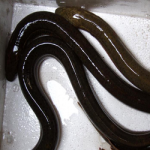
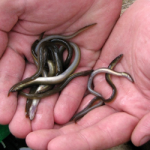

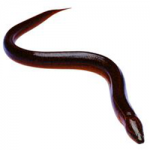


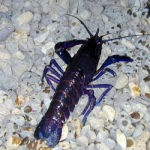
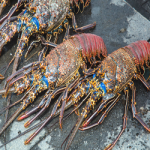
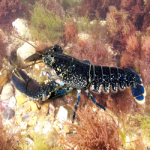

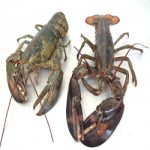
LOBSTERS
Scientific Name: Homarus gammarus
Lobsters have long bodies with muscular tails, and live in crevices or burrows on the sea floor. Lobster recipes include lobster Newberg and lobster Thermidor. Lobster is used in soup, bisque, lobster rolls, and cappon magro. Lobster meat may be dipped in clarified butter, resulting in a heightened flavour. Cooks boil or steam live lobsters. When a lobster is cooked, its shell’s colour changes from blue to orange because the heat from cooking breaks down a protein called crustacyanin, which suppresses the orange hue of the chemical astaxanthin, which is also found in the shell.

 © Copyright - 2017 Rani International Trading | Designed by iLogic IT Solutions
© Copyright - 2017 Rani International Trading | Designed by iLogic IT Solutions